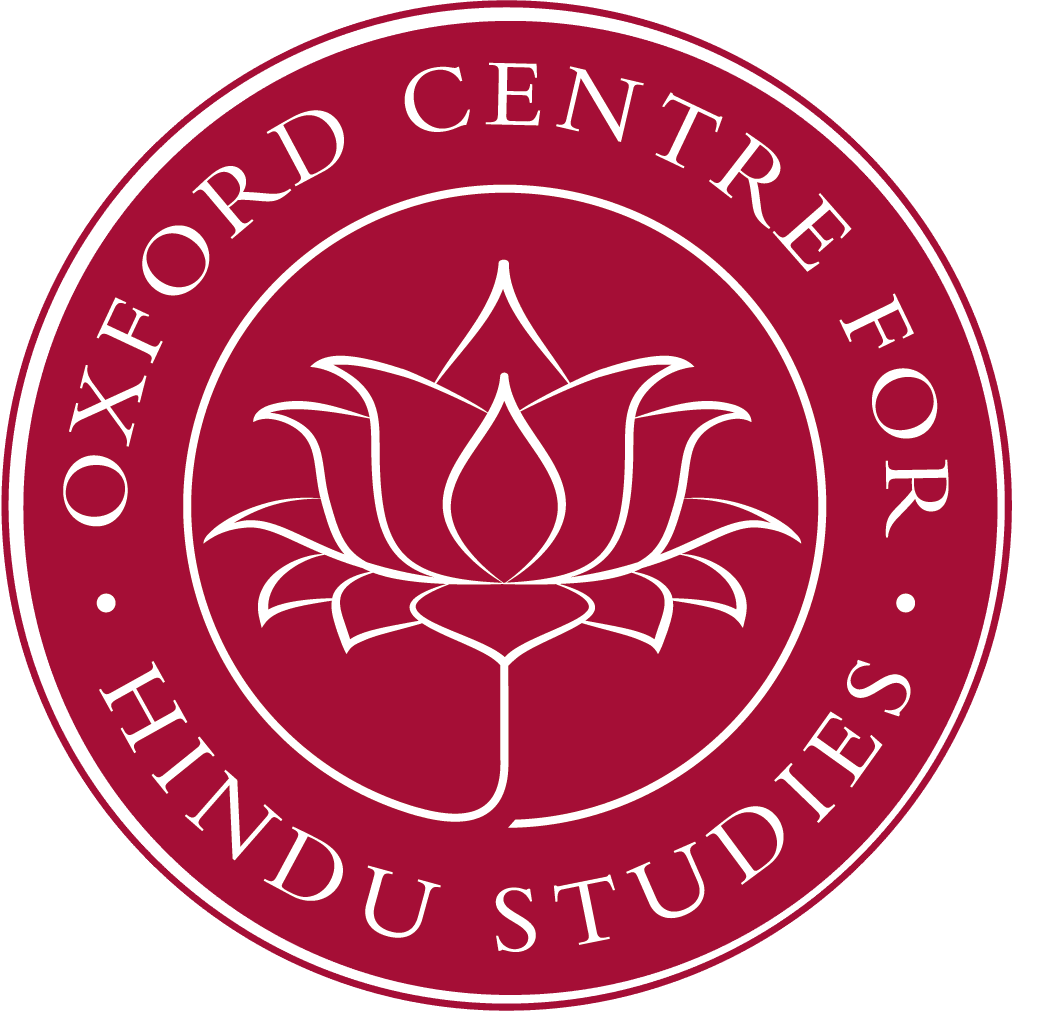Archives: Lectures
Mystical Traditions in Comparative Perspective: Session Two – Buddhist Meditation
Mysticism is a term that has fallen out of use in recent years, partly due to the critique of essentialism in the history of religions, partly due to the recognition that mysticism is particular to tradition and culture and partly due to the orientation to understand religion in terms of a politics of culture that sees religion purely in constructivist terms. The abstraction “mysticism” is a problematic category that has been developed from Christian mystical theology (in contrast to dogmatic or natural theology). Viewing other religions through the lens of “mysticism”, particularly the religions of India and China, has tended to give a distorted picture to the West, underlined by Radhakrishnan’s claim, among others, that the east is “spiritual” while the west is “material”. Of course, the historical reality of religious traditions is much more complex than this. Nevertheless, religious traditions are interested in, and develop, keen senses of inwardness that lay stress upon a direct understanding or experience of transcendence. While acknowledging the problematic nature of the category “mysticism” this series of seminars intends to explore the mystical traditions of specific religions in dialogue with Hinduism. The series is seen as an exercise in comparative theology. Short lectures on the mystical traditions would be followed by a response from a Hindu perspective and general discussion.
Three Worlds of the Heart: Theological and Literary Dimensions of the Bhakti Sutra
Perhaps the shortest of the well-known sutra texts among Hindu traditions is The Bhakti Sutra of Narada, consisting only of 84 aphorisms. This work, however, possesses the most expressive and least cryptic aphorisms, as compared to other sutra texts, while providing the seeds for a remarkably comprehensive bhakti theology. Graham Schweig, while preparing his new translation of the work for publication with Columbia University Press, will present his findings on the ways in which the literary and theological aspects of this text work together synergistically to express some of the deepest dimensions of bhakti. He will also make some intertextual connections and resonances by drawing from the Bhagavad-gita, Bhagavata Purana, and the Yoga Sutra, in order to illuminate dramatic theological moments of the Bhakti Sutra. And further, he will offer some closing reflections on why no traditional commentaries were ever written for this work.
Hindu Theology: Session Three – The Vedanta commentarial tradition 2
We will continue our inquiry into the Vedānta with an examination of Rāmānuja’s commentary on the same text. We will begin to understand the nature of the commentarial tradition as a discussion about the nature of truth across the centuries and the different theological positions developed through history. We will also examine a section from Rāmānuja’s Vedāntasāra.
Reading: Rāmānuja, The Vedāntasūtras with the Commentary of Rāmaṇuja translated by G. Thibauty, Sacred Books of the East Series (MLBD: Delhi, 1976).
Early Vaisnava Texts from Nepal
Exploring early palm-leaf manuscripts from the NGMPP collection, I came across some rare Vaiṣṇava Tantras which were hardly known from any other source. In this lecture, I will talk about four of such texts: the Svāyambhuvapañcarātra, Devāmṛta-pañcarātra, Jayottaratantra, and the Vāsudevakalpa of the Mahālakṣmṃhitā, which are preserved in palm-leaf manuscripts of the 11–14th centuries.
The first three texts are earlier than the texts which are regarded until now as the earliest Pāñcarātra texts. The fourth text, the Vāsudevakalpa, is exclusively concerned with the composite form of Lakṣmī and Vāsudeva, and is comparable to early Śāktatantras in certain aspects in its structure and contents. These texts together provide a broader picture of Vaiṣṇava Tantricism, and suggest that what was happening in the Śaiva fold was very similar to what was happening in the Vaiṣṇava fold.
I will briefly present the contents of all these texts and discuss specific features of them.
